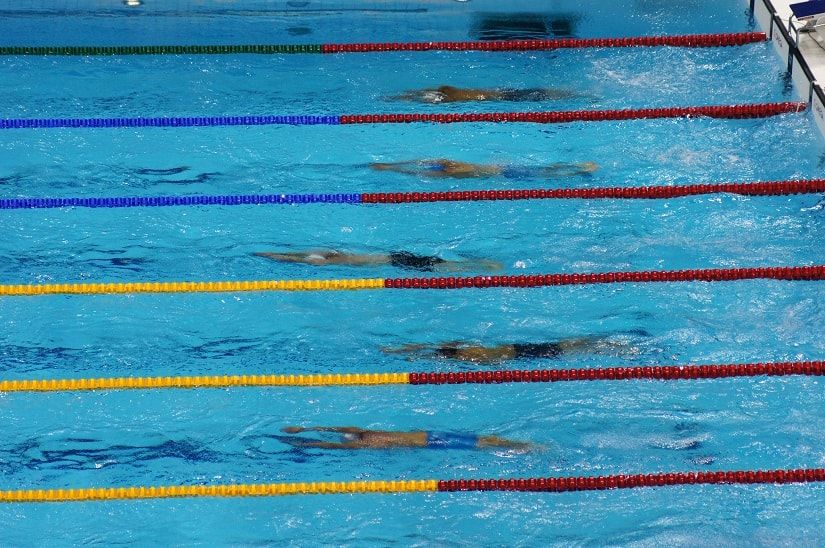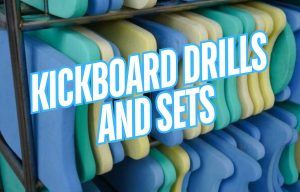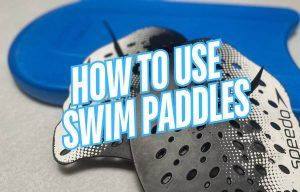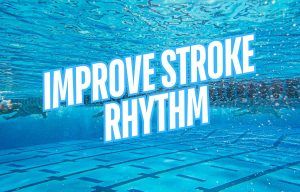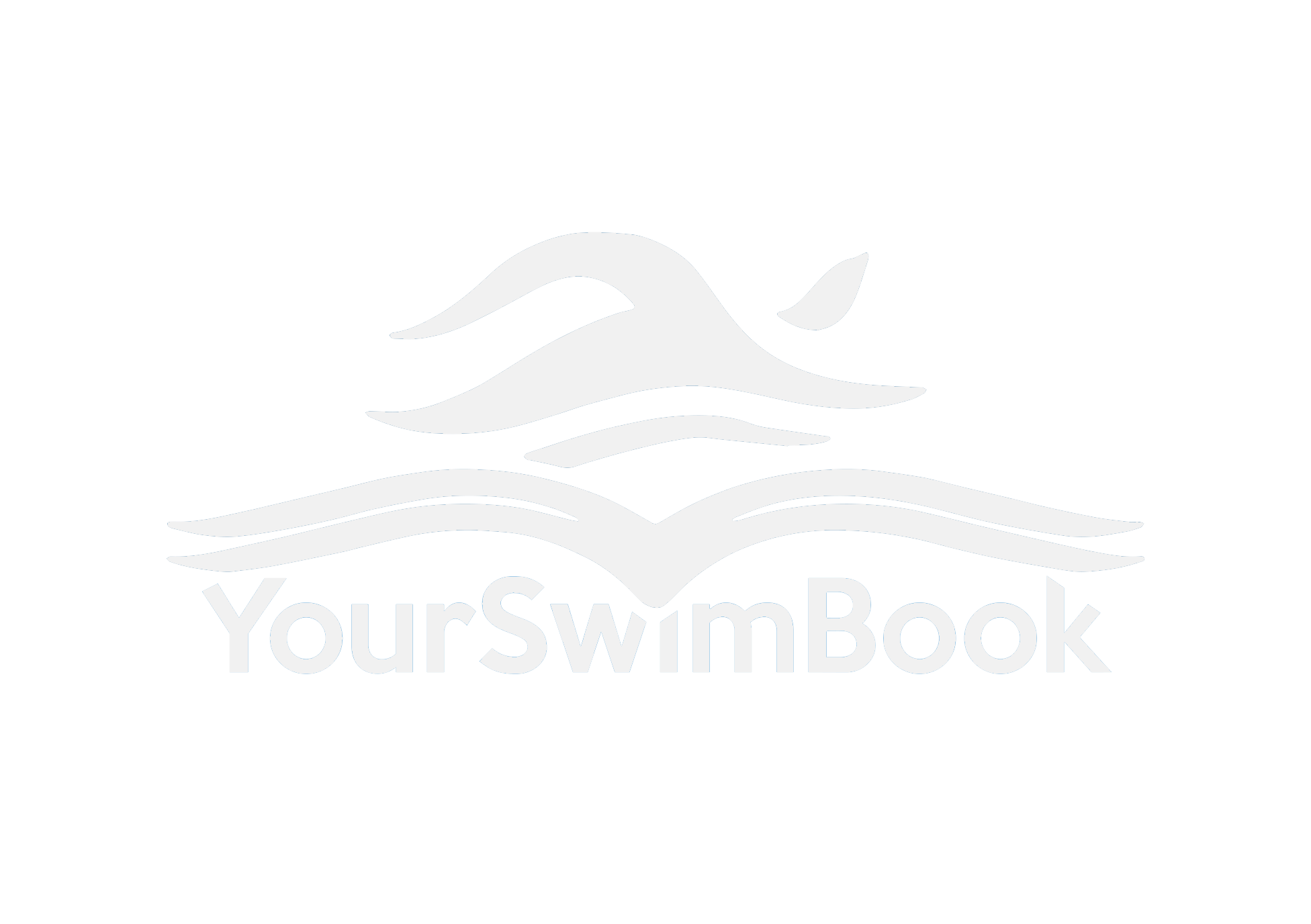Can you double your kick speed and power simply by improving your up-kick?
Maybe, maybe not, but you will seriously improve your kick, and by extension, your overall swimming speed.
The best part? You are already doing it—all you need to do is just do it better.
The Power of a, Err, Powerful Up-Kick
Having a strong and powerful kick is an essential for fast swimming.
While it doesn’t provide stunning amounts of propulsion while you are in the water, it does perform some essential functions in your stroke: a strong kick helps you maintain body position, helps keep your hips high, and of course, powers your underwaters.
Perhaps most importantly, having a strong kick keeps your technique together. After all, when your legs die in the water the rest of your stroke melts down like a swim cap that’s been left in the sun.
We’ve all experienced those moments in practice and in training where we were completely gassed—the moments before your shoulders crumble your legs have already fallen apart.
While having a more balanced kick won’t reduce the agony of dying at the end of your races, the added leg fitness and propulsion that comes with a strong down-kick and a strong up-kick can help postpone it, while giving you the added benefits of faster breakouts and quicker overall kicking and swimming.
The Up-Kick Mindset
For most swimmers when we think about the kicking motion it’s one-directionally. We kick down at the bottom of the pool, and then use the “up-kick” to recover and reset our legs.
Will you ever be able to kick as strong on your up-kick? Unlikely. But in terms of quick improvement, hitting your up-kick for some focused work will give you a faster jolt of speed than spending the same focus and time exclusively on your down-kick.
Here are some easy ways to start leveling up your up-kick during your swim practices:
1. Add fish kicking to your training.
The first thing you should do is add fish kicking to your swim workouts. What is fish kicking? It’s pushing off the wall, tightening up your streamline, and dolphin kicking with equal power in both directions.
You will really notice the drop in speed from having an overpowering down-kick when doing this “drill”—you will have a sense of starting and stopping as you move through the water. In order to kick at a more consistent speed, you’ll be forced to emphasize the up-kick.
Fish kicking does something else that I find is excellent for your kick; it helps teach you how to seamlessly transition between the two kick phases. Instead of pausing at the top or bottom of your kick phases fish kicking teaches you to kick smoothly through those breakpoints.
We all love using our training fins in the pool, and doing fish kicking is an excellent opportunity to strap on a set of fins.
Fins specifically made for swim training–look for a short blade, soft silicone for flex and range of motion, and hydrodynamic features like toe chutes and rails for added speed–increase overall surface area of the foot. Why does this matter?
Simple: The added surface area will give you a better feel for the kicking motion.
2. Vertical kicking.
This is one of my favorite kicking drills because of its versatility and the limited amount of pool space required to do it (making it particularly helpful during busy meet warm-ups and on days when the lane is mega-crowded in practice).
For those unawares of what vertical kicking is, it’s exactly as described—turn your feet toward the bottom of the pool and kick upwards.
Going vertical with your kick does a few things that will help you kick faster on the horizontal: you are more likely to kick from your core, you can bang out a large number of kicks in a relatively short time (no walls, turns, and swimming, after all), and for today’s purposes, there is a greater emphasis on the up-kick phase of the kick. Without a strong up-kick, you will bob in the water like crazy.
Vertical kicking shines a light on the “other” phase of our kick, and can even help you develop a better feel for the water with your feet.
3. Kick on your side.
When it comes to doing kick work I almost always strap on a kickboard and motor away, my feet pumping quickly like a little outboard motor. Using a kick board, while enjoyable because it artificially props up your hips and allows you to breathe at will, can also create some bad body positioning habits if leaned on too much.
When using a kickboard it’s particularly hard to focus on your up-kick. Now, I am not saying you should forsake your kick-board, but you should spend some of that time without one kicking on your side.
If you’ve spent your entire swimming career is an exclusively downward kicker, it will feel a little strange kicking on your side for the first time, but make no mistake, once you get past the awkwardness you will notice greater emphasis being placed on the up-kick portion of the kick cycle.
Bonus tip: What side to you push off on when you flip turn? Kick on that side. A lot. It will not only help you balance out your kick, but your walls will improve as a result, too. Giddyup.
The Next Step
If there is one thing I would suggest emphasizing above all else is being patient. Start slowly. If you’ve never spent a moment thinking about your up-kick it’s going to feel particularly struggley at first.
This is natural.
Do it slowly and without an interval to get the hang of it.
The jumps in improvement will happen fast and furious as you start to master this form of kicking, and will help you develop much stronger underwaters and improve your kick speed (and by extension—your swimming speed).
More Stuff Like This:


